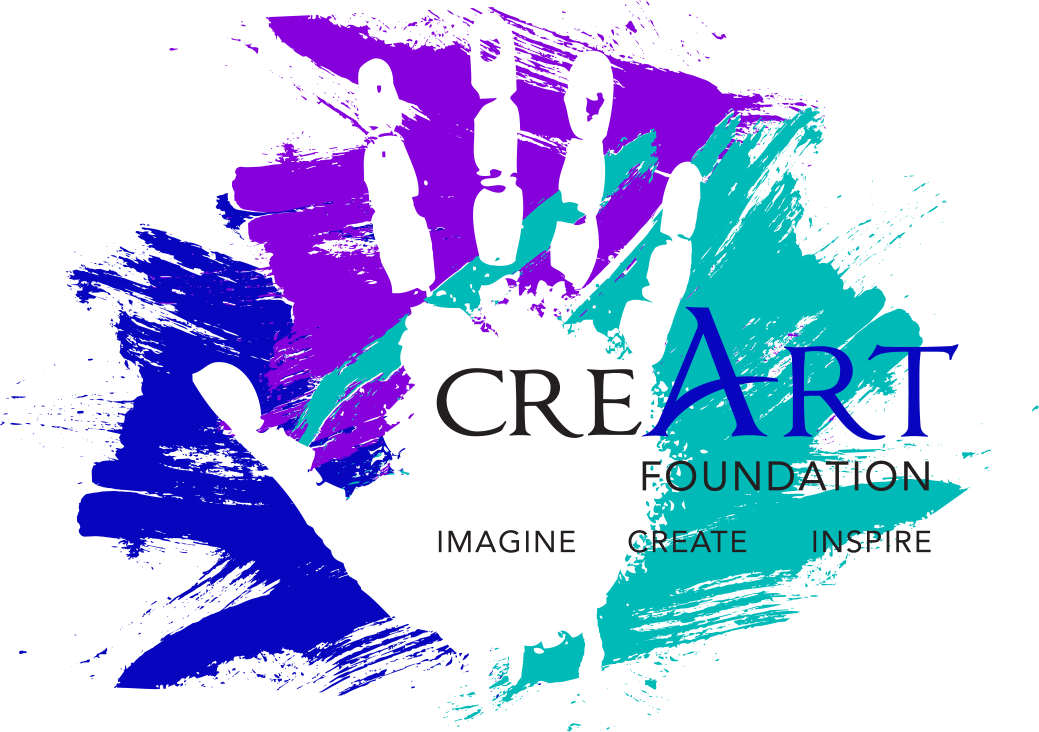Benefits of Art Therapy for Youth
The arts have the transformative and energetic power to create social change. It forges a connection between your mind and your body, allowing you to be one with your creativity.
Arts-based programming can foster healing and recovery for youth who have experienced trauma, isolation and displacement. Given the social isolation many youth experience while homeless, arts programs can provide an important opportunity to connect with others, build friendships, and establish support systems.
Art-making provides an important therapeutic form of self-expression, while also providing a space in which youth can learn about their thoughts and feelings.
Numerous studies continue to support the Arts as a key benefit to a child’s development. Here are ten benefits of Art Education:
- Creativity. The Arts allow kids to express themselves better than math or science. In an Arts program, a child will be asked to recite a monologue in six different ways, create a painting that represents a memory, or compose a new rhythm to enhance a piece of music. If children have practice thinking creatively, it will come naturally to them now and in their future career.
- Improved Academic Performance. The Arts don’t just develop a child’s creativity-the skills they learn because of them spill over into academic achievement. A report by Americans for the Arts states that young people who participate regularly in the Arts (three hours a day on three days each week through one full year) are four times more likely to be recognized for academic achievement, to participate in a math and science fair or to win an award for writing an essay or poem than children who do not participate.”
- Motor Skills. This applies mostly to younger kids who do art. Simple things like holding a paintbrush and scribbling with a crayon are an important element to developing a child’s fine motor skills. According to the National Institutes of Health, developmental milestones around age three should include drawing a circle and beginning to use safety scissors. Around age four, children may be able to draw a square and begin cutting straight lines with scissors.
- Confidence. While mastering a subject certainly builds a student’s confidence, there is something special about participating in the Arts. Children step outside their comfort zone and learn different techniques to achieve their goal. As they improve and see their own progress, their self-confidence will continue to grow.
- Visual Learning. Especially for young kids, drawing, painting, and sculpting in art class help develop visual-spatial skills. Dr. Kerry Freedman, Head of Art and Design Education at Northern Illinois University says, Children need to know more about the world than just what they can learn through text and numbers. Art education teaches students how to interpret, criticize, and use visual information, and how to make choices based on it.
- Decision Making. The Arts strengthen problem solving and critical thinking skills. How do I express this feeling through my drawing or painting? Learning how to make choices and decisions will certainly carry over into a child’s education and other parts of life - as this is certainly a valuable skill in adulthood.
- Perseverance. This mindset will certainly matter as a child matures - especially during their career where they will likely be asked to continually develop new skills and work through difficult projects.
- Focus. As you persevere through painting, focus is imperative. And certainly focus is vital for studying and learning in class as well as doing a job later in life.
- Collaboration. Usually children are put together in groups to work together on an art project. They will usually cross reference with each other and collaborate to create a pleasing outcome. They must share responsibility and compromise at times to achieve their common goal. Children learn that their contribution to the group is integral to its success - even if they don’t have the solo or lead role.
- Accountability. Just like collaboration, kids in the Arts learn that they are accountable for their contributions to the group. If they drop the ball or mess up, they realize that it’s important to take responsibility for what they did. Mistakes are a part of life, and learning to accept them, fix them, and move on will serve kids well as they grow older.
[Reference: learningliftoff.com]
